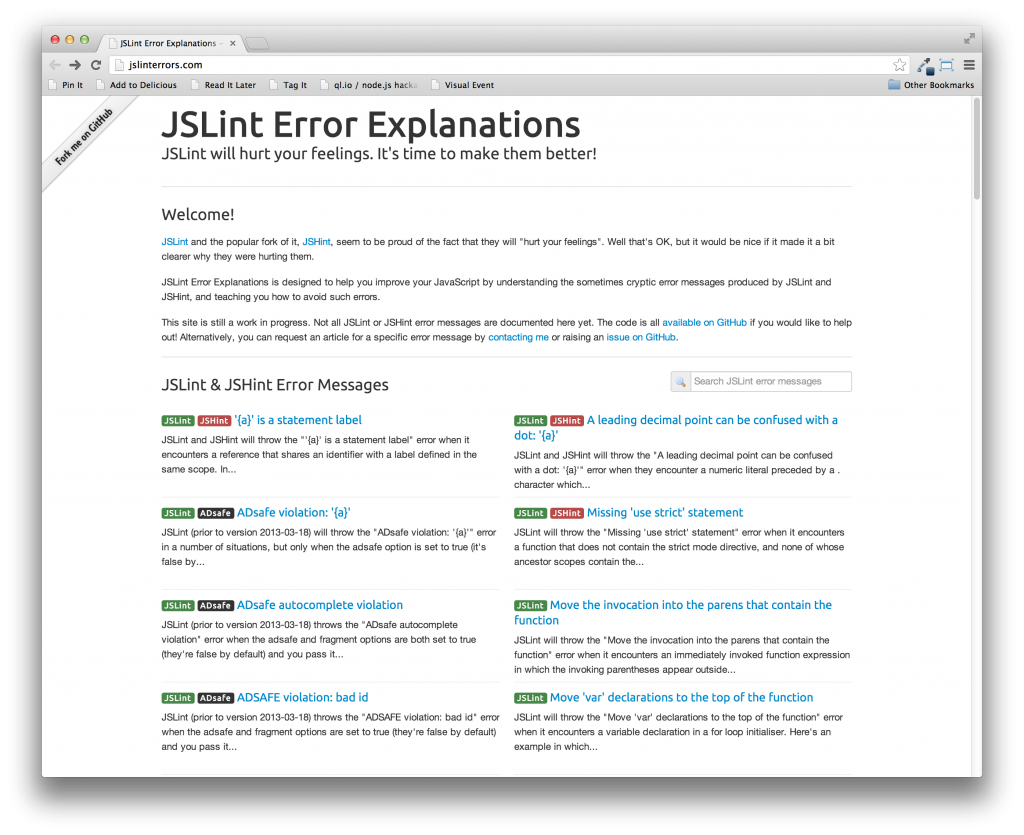I never thought about it until now, but the concept of fuzzy timestamps is a little more complex than it appears at first blush. How hard is it to make a timestamp fuzzy?
a minute ago
1 minute ago
2 minutes ago
an hour ago
about an hour ago
1 hour ago
5 hours ago
and so on...
The question is which convention do you stick to for each measure of time? Minutes, hours, days, weeks, months, years all could have their own unique phrases. And once you settle on figuring out what the convention is that you want to pick, the next, bigger challenge, is how do you support l10n?
Some languages have sentence structures that are different from English so you need to be flexible enough to be able to hopefully support that.
It turns out that there’s a jQuery plugin that has taken a pretty good stab at it called smart-time-ago which is an optimized fork of timeago.
What makes this sort of cool is that the presentation of your fuzzy timestamp is delegated to the browser so the server is agnostic of all of these variations…at least, I think it’s cool. Maybe some back end developers would prefer that all of this presentation logic is kept at the server.
Either way, this project is a good starting point for those who want to tackle on the challenge of presenting fuzzy timestamps. I’m not sure if I completely agree with all of the units of time that the plugin presents, but it gives you a good start to where you want to go.
